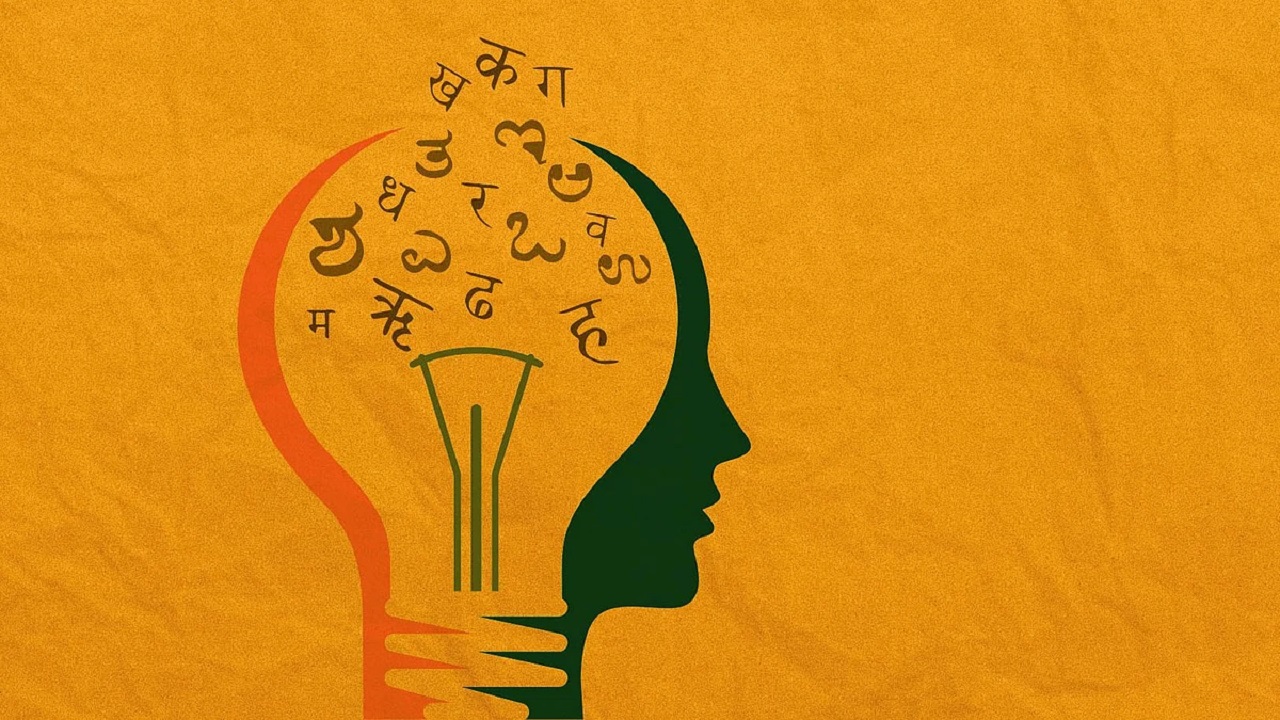Three-Language Policy vs State Autonomy: A Case from Maharashtra
Context:
The Government of Maharashtra has recently announced the removal of the mandatory three-language policy in schools.
Earlier, students in the state were required to study Marathi, Hindi, and English as compulsory subjects. This move is significant as it indicates a shift toward greater autonomy for schools in designing language curricula and aligns with the broader objectives of National Education Policy (NEP) 2020, which emphasizes flexibility, regional relevance, and student-centric learning.
Key Highlights of the Decision
-
The earlier framework required schools to compulsorily teach three languages — Marathi (regional language), Hindi (national link language), and English (global link language).
-
Under the new policy:
-
The three-language rule is no longer mandatory in Maharashtra.
-
Schools now have the freedom to select language subjects as per their respective board’s guidelines (e.g., State Board, CBSE, ICSE, IB) and student needs or preferences.
-
-
The move is aimed at:
-
Reducing the academic burden on students.
-
Promoting greater flexibility and contextual relevance in school education.
-
Allowing institutions to focus on languages aligned with career aspirations, cultural needs, and regional significance.
-
Implications of the Policy Change
1. For Students:
-
Lighter academic load with fewer mandatory language subjects.
-
Increased ability to focus on:
-
Foreign languages (e.g., French, German, Spanish) for global opportunities.
-
Regional or tribal languages, preserving local cultural identities.
-
-
Offers space for skill-based learning instead of compulsory rote learning in multiple languages.
2. For Schools:
-
Need to revise their language curriculum, especially if following the State Board.
-
Marathi may still remain a key language, given its cultural and political importance in the state.
-
English likely to retain prominence due to its role in higher education, communication, and employment.
-
Possibility of diversifying offerings to include international languages or local dialects.
Understanding the Three-Language Policy in India
What is it?
The Three-Language Policy is a linguistic framework introduced in post-independence India to:
-
Promote national integration through language.
-
Ensure linguistic equity between Hindi and non-Hindi speaking regions.
-
Build multilingual competence among students.
Historical Timeline:
-
First introduced in the 1968 National Policy on Education (NPE).
-
Reiterated in the 1986 NPE and further emphasized in the National Education Policy 2020 (NEP 2020).
Structure of the Policy:
-
In Hindi-speaking states:
-
Hindi
-
English
-
One modern Indian language (preferably from the South)
-
-
In non-Hindi-speaking states (like Maharashtra, Tamil Nadu):
-
Regional language (e.g., Marathi, Tamil)
-
English
-
Hindi or another Indian language
-
Objective:
-
Ensure that at least two out of the three languages are native to India.
-
Promote cultural inclusivity, linguistic harmony, and educational balance across regions.

.jpg)


Comments (0)